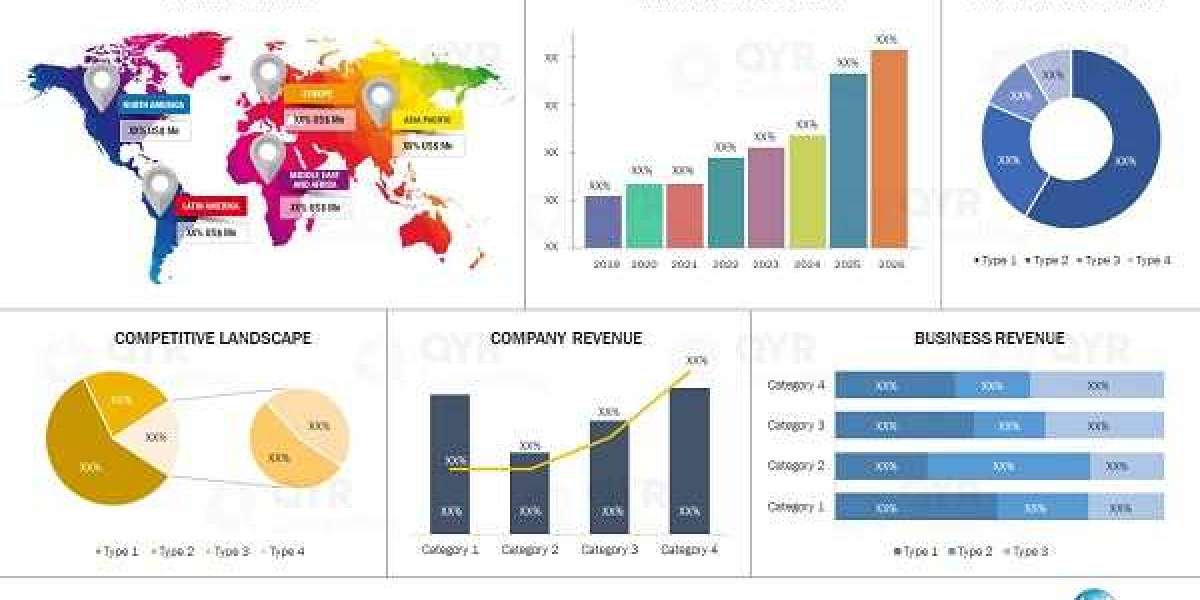Providing group health insurance for employees. However, a one-size-fits-all approach may not always be ideal. Each workforce has unique health needs, preferences, and circumstances. To truly maximise the value of your group health plan, customising it to fit the specific needs of group health insurance for your employees is essential.
In this article, we’ll explore how to effectively customise group health insurance and tailor the coverage to meet the diverse needs of your workforce.
Ways to Tailor Group Health Insurance to Meet Employee Needs
By tailoring health insurance offerings, such as adding maternity benefits, mental health coverage, or outpatient services, businesses can create a benefits package that protects employees, fosters loyalty, reduces absenteeism, and attracts top talent.
1. Understand the Demographics of Your Workforce
The first step in customising your group health insurance is to understand your employees’ demographic and healthcare needs deeply. Employees in different age groups, life stages, and job roles may require varying healthcare services. Consider demographic factors like:
- Younger employees may primarily require basic healthcare coverage, while older employees may need coverage for chronic conditions or treatments like maternity care and eldercare.
- Employees with families may need additional coverage options, such as maternity benefits or family health insurance, to cover their dependents.
- Employees in high-risk professions like construction or manufacturing may require more comprehensive health plans with accident coverage or higher hospitalisation limits.
- Consider the general health of your workforce and whether employees may require coverage for specific conditions, such as mental health services, chronic diseases, or preventive care.
By analysing these factors, you can understand the needs of group health insurance within your workforce and adjust your offering accordingly.
2. Offer Flexible Coverage Options
One of the most effective ways to customise group health insurance is to offer various coverage options. A common health plan may not adequately address your employees' diverse needs, so flexibility is key. Aim to include:
- Consider offering multiple plan tiers, such as basic, standard, and premium, so that employees can select a level of coverage based on their needs and preferences. This flexibility allows employees to choose a plan that suits their budget and healthcare requirements.
- Allow employees to opt for additional coverage options, such as dental, vision, mental health support, or maternity benefits. This ensures that employees can get the coverage they need without paying for services they don’t require.
- Many employees will appreciate the ability to extend coverage to their spouses and children. Providing options for family health insurance ensures that employees with dependents have the coverage they need.
3. Focus on Preventive Care
In today’s healthcare environment, preventive care is increasingly important, not only for the well-being of employees but also for the overall cost-effectiveness of the insurance plan. Customising your group health insurance to include comprehensive preventive care coverage can benefit the employees and the business in the long run. Consider the following:
- Include coverage for routine health checkups, screenings, and vaccinations to help detect potential health issues early.
- Offer wellness initiatives like gym memberships, stress management workshops, or smoking cessation programs. These programs can improve overall employee health and reduce absenteeism.
- Include mental health benefits like therapy sessions, counselling, and stress management support. Mental health is an important aspect of overall wellness, and providing access to mental health resources can improve employee productivity and job satisfaction.
4. Customise Based on Employee Health Needs
Once you understand your employees’ health profiles and needs, customise the coverage to address these specific requirements. Offering tailored coverage ensures that employees get the benefits they need most. Consider employee needs:
- If a significant portion of your workforce has chronic conditions such as diabetes, hypertension, or asthma, consider adding coverage for chronic disease management programs. These programs can include regular check-ups, medications, and support for managing these conditions.
- Offering maternity coverage and family planning benefits can be essential for employees in their reproductive years. These benefits include prenatal care, childbirth, postnatal care, and fertility treatment options.
- In physically demanding or high-risk jobs, employees may need additional coverage for accidents, emergency medical care, and rehabilitation.
5. Educate Employees About Their Benefits
Once you’ve customised your group health insurance, ensuring employees are well informed about their benefits is important. Often, employees are unaware of the full range of services and coverage options. Proper education helps them maximise their benefits and can lead to better healthcare outcomes. Use strategies like:
- Organising regular information sessions to educate employees on the details of their health plan, how to use it, and the different coverage options available.
- Providing clear documentation outlining the details of the group health plan, including network hospitals, claim procedures, and available add-ons.
- Using online portals or apps where employees can easily access information about their coverage, track claims, and make informed decisions about healthcare services.
6. Evaluate and Update Your Group Health Plan Regularly
The needs of your workforce will evolve over time, so it’s essential to evaluate and update your group health insurance offering regularly. Employee health needs, the regulatory environment, and the healthcare market can change, and your health plan should evolve to meet those changes. Consider simple steps for regular evaluation:
- Regularly survey employees to understand their satisfaction with the existing health plan and identify any gaps in coverage.
- Monitor emerging healthcare trends, such as new treatments or mental health concerns, and consider incorporating relevant coverage options.
- Review what other businesses in your industry are offering and ensure that your plan remains competitive and attractive to top talent.
Conclusion
Customising group health insurance to fit the specific needs of your workforce is not only a smart business decision but also an investment in your employee's health and well-being. For organisations seeking the best solutions, Niva Bupa Health Insurance offers tailored group health insurance plans to cater to diverse workforce needs. With options like maternity benefits, mental health support, and wellness programs, Niva Bupa ensures your team receives comprehensive care.
Ensuring your health insurance offering evolves with the needs of your workforce fosters a healthier, happier, and more productive team, solidifying your organisation’s commitment to employee well-being.










